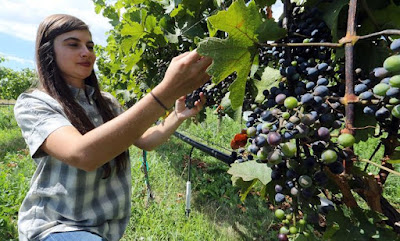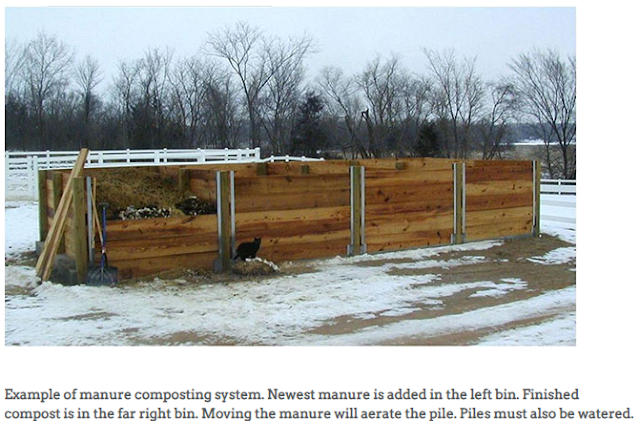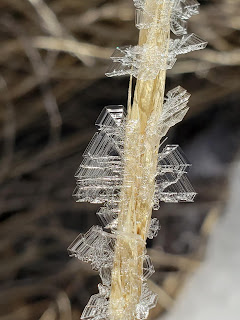One of the oldest horticultural practices in the world is seed starting. Real gardeners know that you never stop thinking about or putting into practice, your garden. The catalogs have arrived, you have dog-eared your pages, made your lists and ordered your seeds and they are now arriving. So now, the plans begin for what you will start indoors and when.
Since the cool season vegetables and annual flowers can be planted directly in the garden when soil temps permit, it is the warm season plants you should be scheduling. These plants need warmer soil temps to germinate, and in our 100-120-day average growing season, they need a little “head start” indoors before heading outside to complete their production. Seed packets are the “go-to” for instructions as to when each variety should be started indoors, but rule of thumb, with few exceptions, is 6-8 weeks before the last average frost date for your area. Here, in our zone, the smart gardener shoots for mid-May to first of June for putting out their precious transplants.
We all adapt our gardening practices to suit our needs as we become more accomplished. However, there are some tried and true practices that will guarantee success for the beginning seed starter. When things don’t work out, always go back to the following practices to sort out your issues and you will have a great start to a successful garden year.
 |
| Courtesy Megapixl.com |
1. Seed - Start with clean, fresh seed. Explore the wondrous variety of each vegetable or flower you plant by checking out the offerings of the seed companies, either online or by catalog.
 |
| Courtesy: Adventures of Mel |
Green leaf lettuce is great, by why not try Strawberry Cabbage lettuce, or Drunken Frizzy-Headed Woman lettuce, or deep burgundy Merlot lettuce. Try the Easter Egg collection of radishes and Dragon Tongue Beans. Obviously, plant what your family will eat, but check out all the amazing possibilities in each variety and try at least one new thing each year to add diversity to your garden.
2. Equipment – You do not need to spend a fortune to garden. Be creative and re-purpose items to start your seeds– just think outside the box. You’ll need a container of some kind to plant in, a tray to capture moisture, a “lid” to create a terrarium effect during germination. There are many possibilities of seed starting trays to purchase, that make the activity both easy and safe. But you can re-purpose yogurt cups, paper cups, deli containers, plastic fruit boxes (they even come with their own lid) to name a few, just make sure you add proper drainage. If you re-use old plastic pots or any other container, make sure to sterilize them and air dry them before planting.
 |
| Courtesy: Lovelygreens.com |
3. Planting Medium - The more sterile the medium, the better your success. This is not the place to use garden soil, or even potting soil. Go for a seed starting mix, sometimes called germination mix. These have no soil at all, but is a mixture of peat moss, vermiculite and/or perlite. It is sterile and light weight to allow for the tiny plants to send roots out easily and avoid any soil-borne diseases that might attack your little plants.
4. Planting Depth – This is one of the biggest rookie mistakes. Always check the seed packet for the planting depth. A large percentage of seeds are so tiny, that correct planting depth is actually ¼”. In this case, seeds should be placed on the top of moistened, unpacked soil and then a quarter inch layer of medium sprinkled on top, much like a chef would sprinkle salt to season food. Then a very gentle one finger tamping over the seed to create seed to soil contact – no packing down at all.
5. Germination – To germinate properly, seeds need warmth and moisture. The correct steps are as follows:
(a)The best procedure for planting seeds is to moisten the germination mix prior to starting. The medium should be moist, but never wet. You should be able to scoop up a fist full. Squeeze and the ball should hold it’s shape, but when dropped from a 2to3 -foot height back into the container, it should break completely apart. So, damp/dry is the term. Fill each container or cell and tamp on the table to settle – never press or pack the medium.
(b) Sprinkle or spread the seed on top. Remember to read the packet for the correct dept. Larger seeds may need to be planted at ½” so you could make a small hole for these.
(c) Cover the seed with the correct amount of medium
(d) Add a bit of moisture with a spray bottle – not a watering can
(e) Cover with a lid and place in a warm spot. You will want a terrarium effect to happen over the next day or so. Following all the above instructions should prevent you from having to add water during the germination phase. The terrarium should do it. If this does not occur, you likely did not have your medium moistened properly. You may need to open the lid and spritz with warm water to create adequate moisture.
(f) Again, consult the seed packet as to when to expect your seedlings to germinate, so you know if all has gone well. Once they have germinated, the lid should be removed, and lights added.
6. Lights – Very few species of plants require light to germinate (again – the seed packet will give you this information if required). So, once your seeds have germinated, it’s time to add light. Although possible to use window light, here is the only place where I would suggest you invest some money. A simple shop light casing with a T-12 Cool Ray and a Warm Ray bulb will easily do the trick. However, the newer LED T-8’s are 50% more efficient. Lights should be approximately 2” from the top of the seedlings at all times, so you need to be able to adjust as the seedlings grow. Lights should be on 14-16 hours per day and there should be 8 hours of darkness for proper growth. An inexpensive timer helps here.
 |
| Courtesy: Home Depot |
7. Warmth - warmth added from below throughout germination and the 8 weeks of growth is recommended. There are plant heat mats that can be purchased, or you can re-purpose old heating pads with temps set on low.
8. Air – It is helpful to add some movement and air circulation once your seedlings are about 3-4 inches high. Good air circulation will help keep moisture off the surface of the soil and the leaves as well as strengthening the stems. The goal is short and bushy, not tall and leggy.
9. Watering and Fertilizing – Water when soil is nearly dry, but never dry all the way. Never wet either. Watering from the bottom tray is recommended to keep moisture off the tender leaves.
You can begin fertilizing when the first set of true leaves are established. This will be the second set you will see, the first being the cotyledon leaves. Use any liquid fertilizer of your choice at one quarter strength.
10. Become a Good Planner and Record Keeper - There is no substitute for good record keeping. Thomas Jefferson is a premier example of good garden planning and record keeping with his meticulous notes. If he can do it, so can you. For great suggestions, check out the January 30 post on this blog by Linda Langelo on great record keeping tips.
This is a great time of year to find a good class on seed starting near you. For the best science- based information, as well as any questions about starting your garden from seed, contact your local CSU Extension office.
By Patti O’Neal, Horticulture and Food Systems Coordinator, CSU Extension, Jefferson County.
 In 1974, CSU’s Orchard Mesa Research Station in Grand
Junction began vineyard research, and in 1982, the Rocky Mountain Association
of Vintners and Viticulturists, now known as the Colorado Association for
Viticulture & Enology (CAVE) was formed (www.winecolorado.org/). Further,
the Colorado Wine Industry Development Board was created in 1990 as part of
the Colorado Department of Agriculture (coloradowine.com/).
Also in 1990, the Grand Valley, from the mouth of the DeBeque Canyon in
Palisade to the foot of the Colorado National Monument in Grand Junction, was
recognized as a federally designated American Viticultural Area (AVA). And in 2001,
the West Elks region along the North Fork of the Gunnison River between Bowie
and Hotchkiss was recognized as its own AVA.
In 1974, CSU’s Orchard Mesa Research Station in Grand
Junction began vineyard research, and in 1982, the Rocky Mountain Association
of Vintners and Viticulturists, now known as the Colorado Association for
Viticulture & Enology (CAVE) was formed (www.winecolorado.org/). Further,
the Colorado Wine Industry Development Board was created in 1990 as part of
the Colorado Department of Agriculture (coloradowine.com/).
Also in 1990, the Grand Valley, from the mouth of the DeBeque Canyon in
Palisade to the foot of the Colorado National Monument in Grand Junction, was
recognized as a federally designated American Viticultural Area (AVA). And in 2001,
the West Elks region along the North Fork of the Gunnison River between Bowie
and Hotchkiss was recognized as its own AVA. 





























